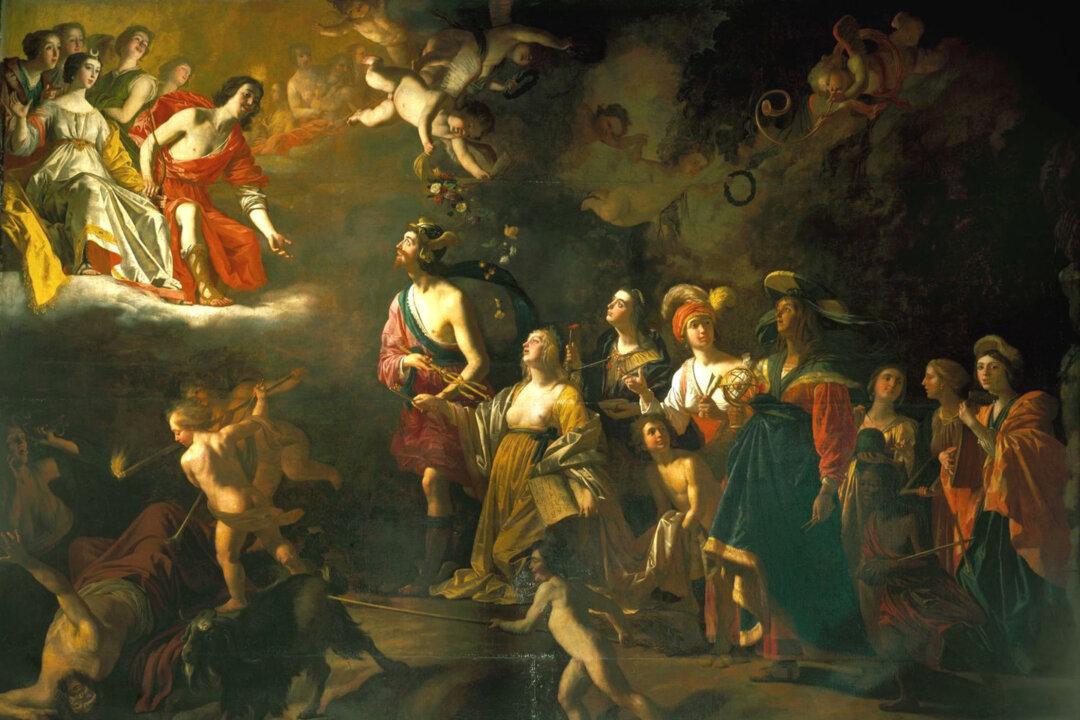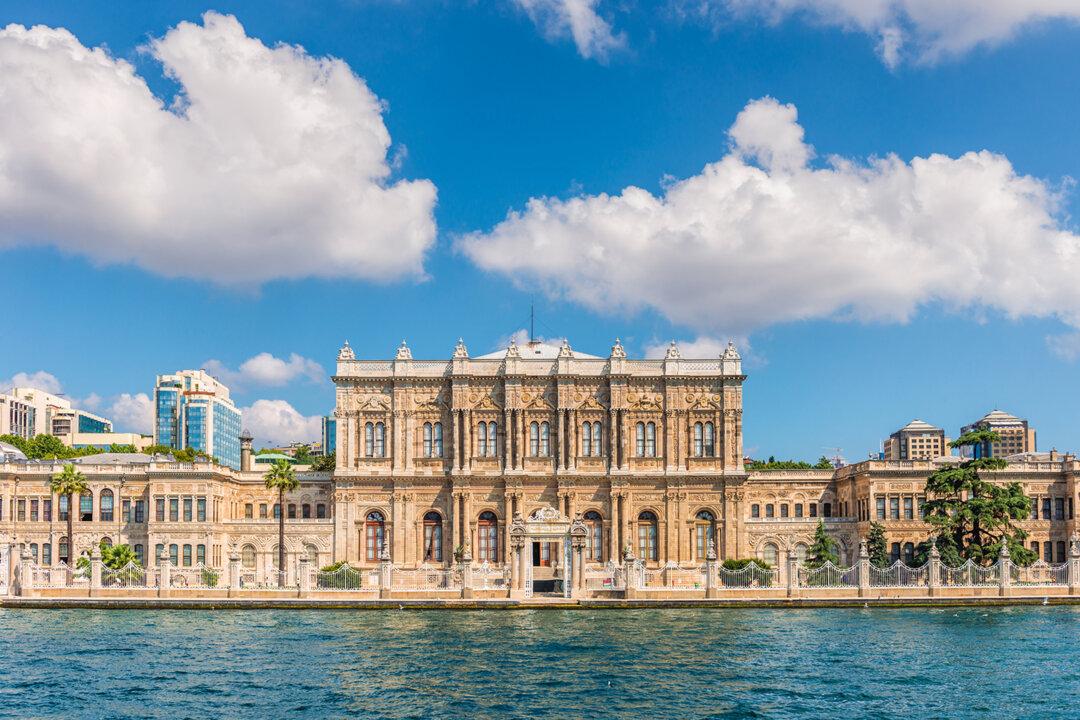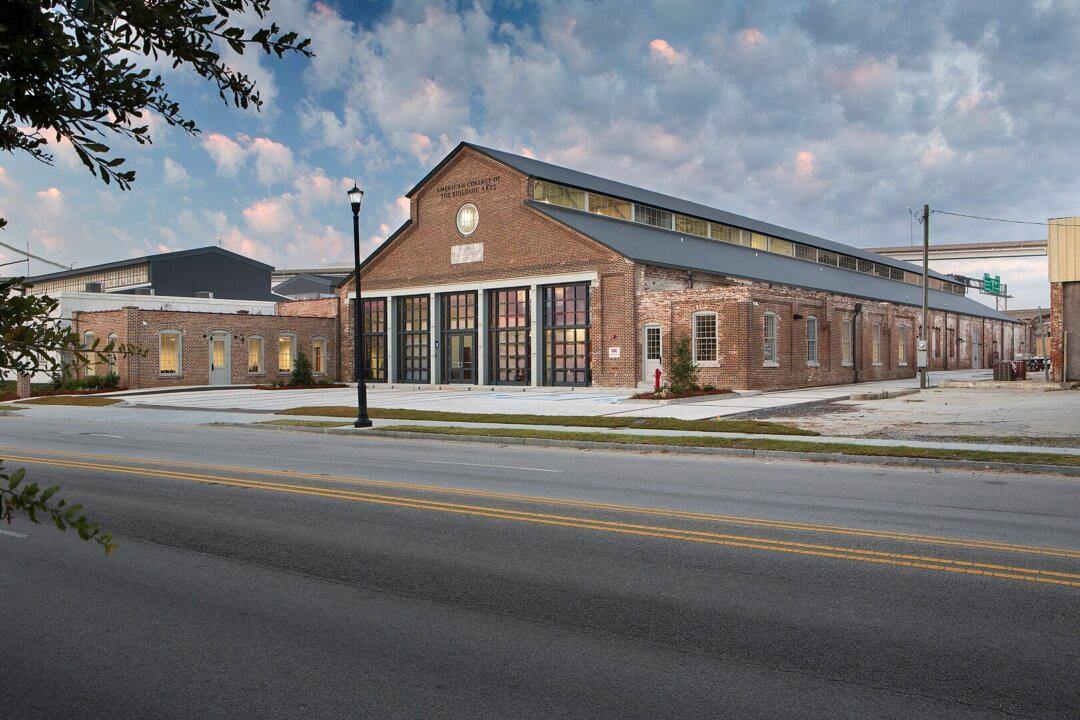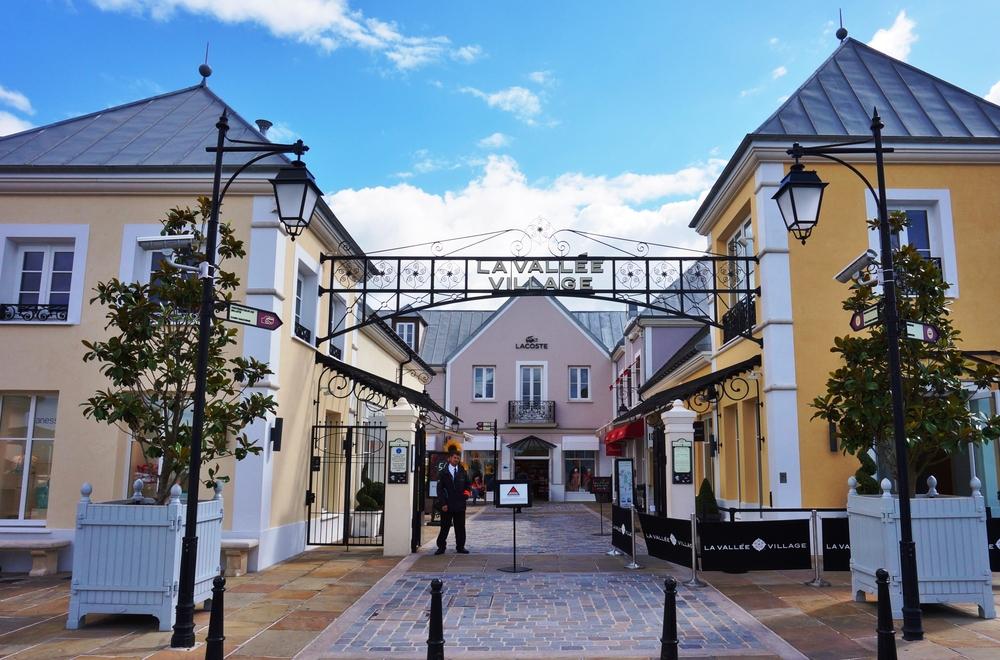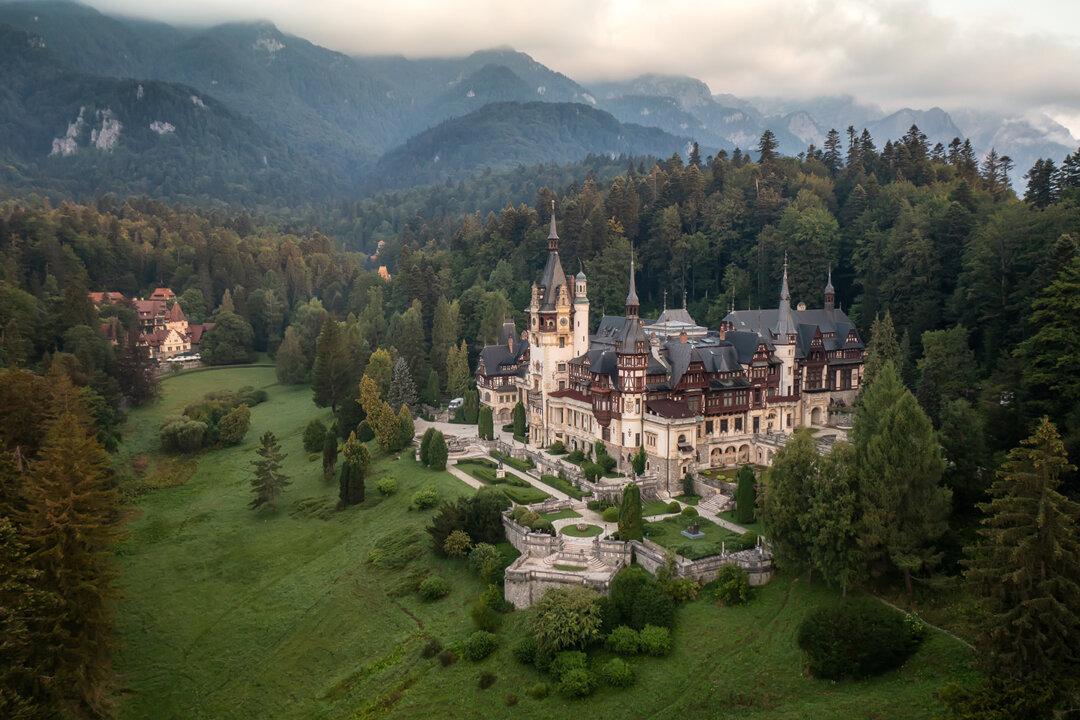Henrietta Maria arrived in England after her wedding to King Charles I, who was one of the greatest royal art connoisseurs in history. Descending from the family of preeminent Renaissance patrons, the Medici of Florence, the new queen became a devoted patron of the arts, literature, and architecture in 17th-century England.
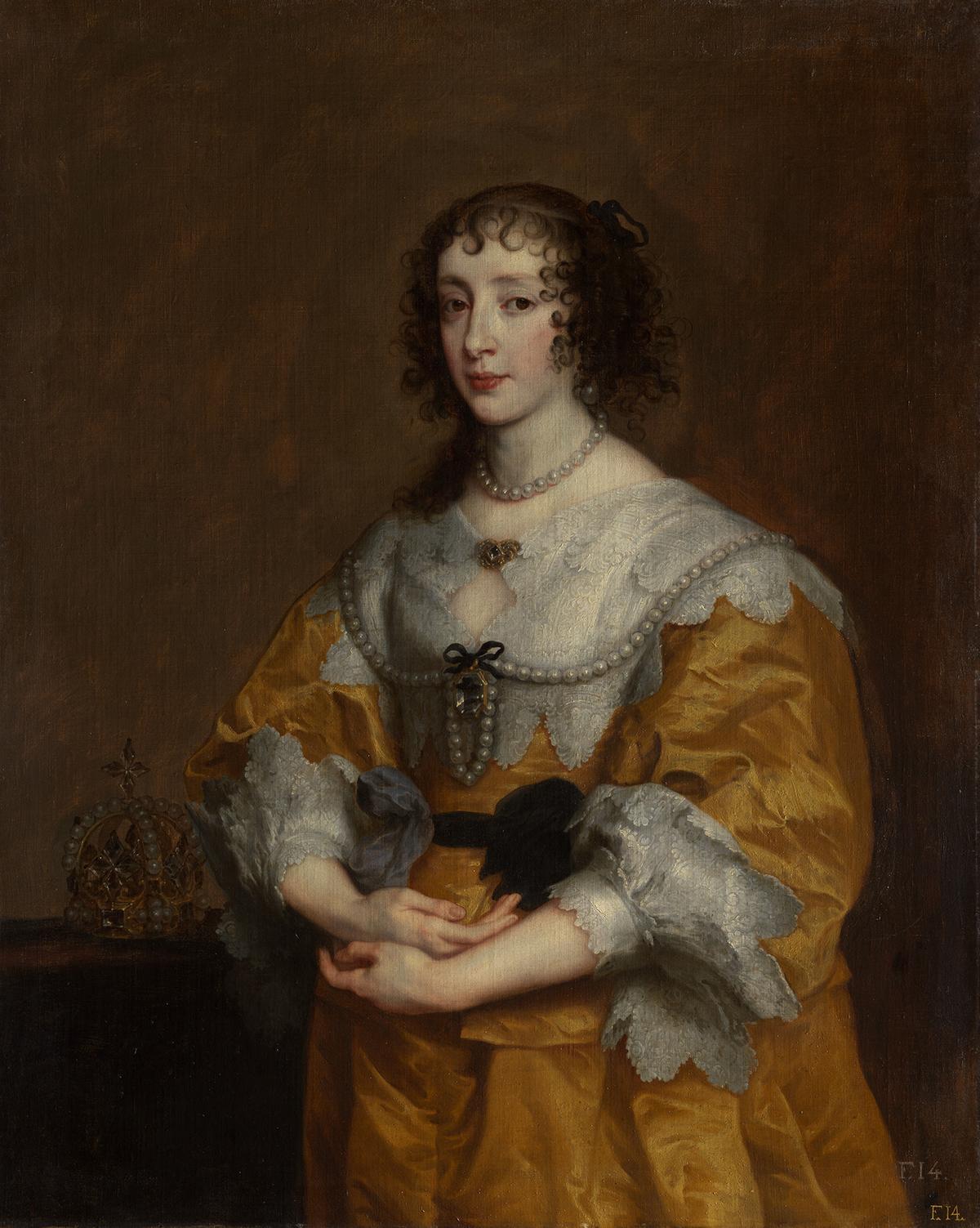
"Queen Henrietta Maria," 1636, by Anthony van Dyck. Oil on canvas; 41 5/8 inches by 33 1/4 inches. Metropolitan Museum of Art, New York City. Public Domain

